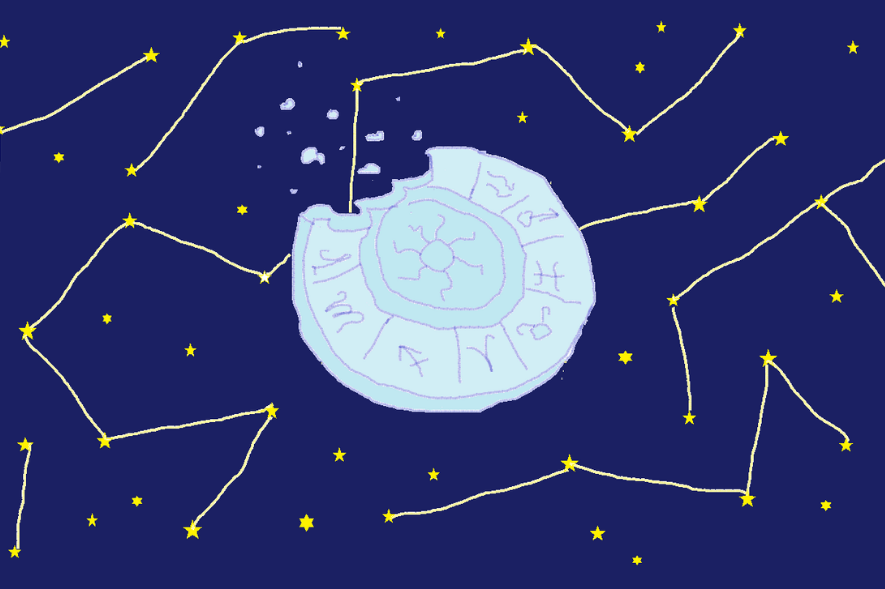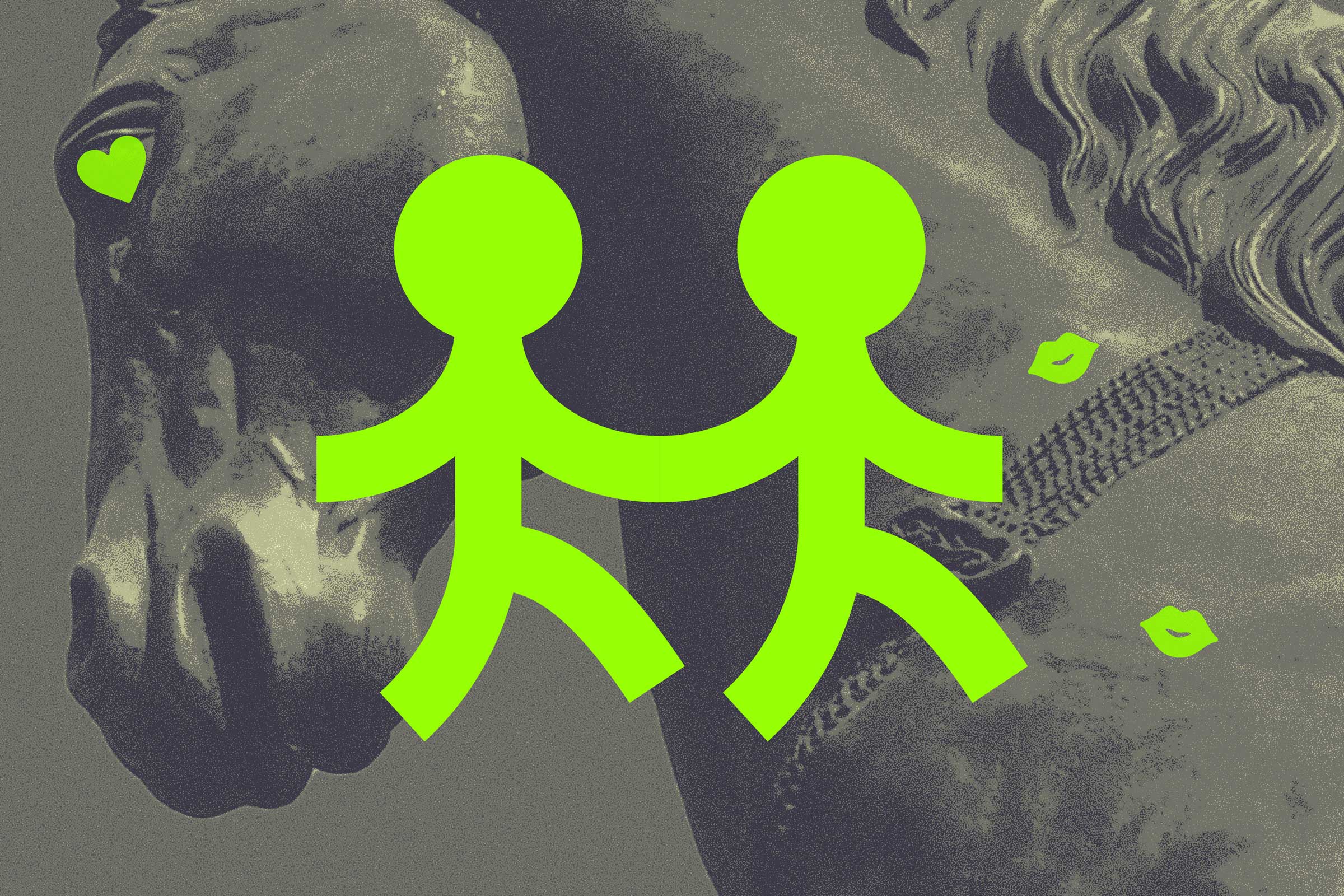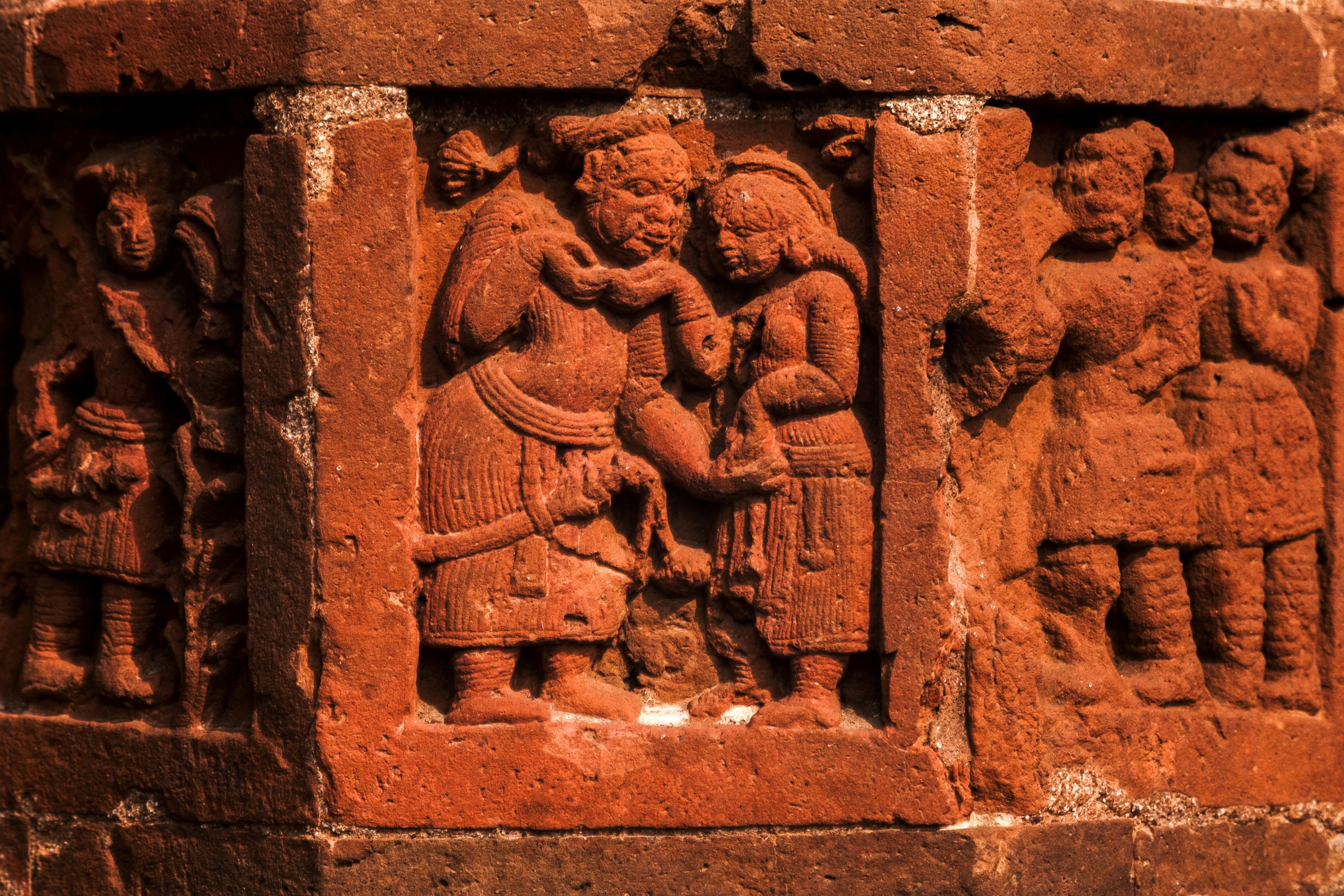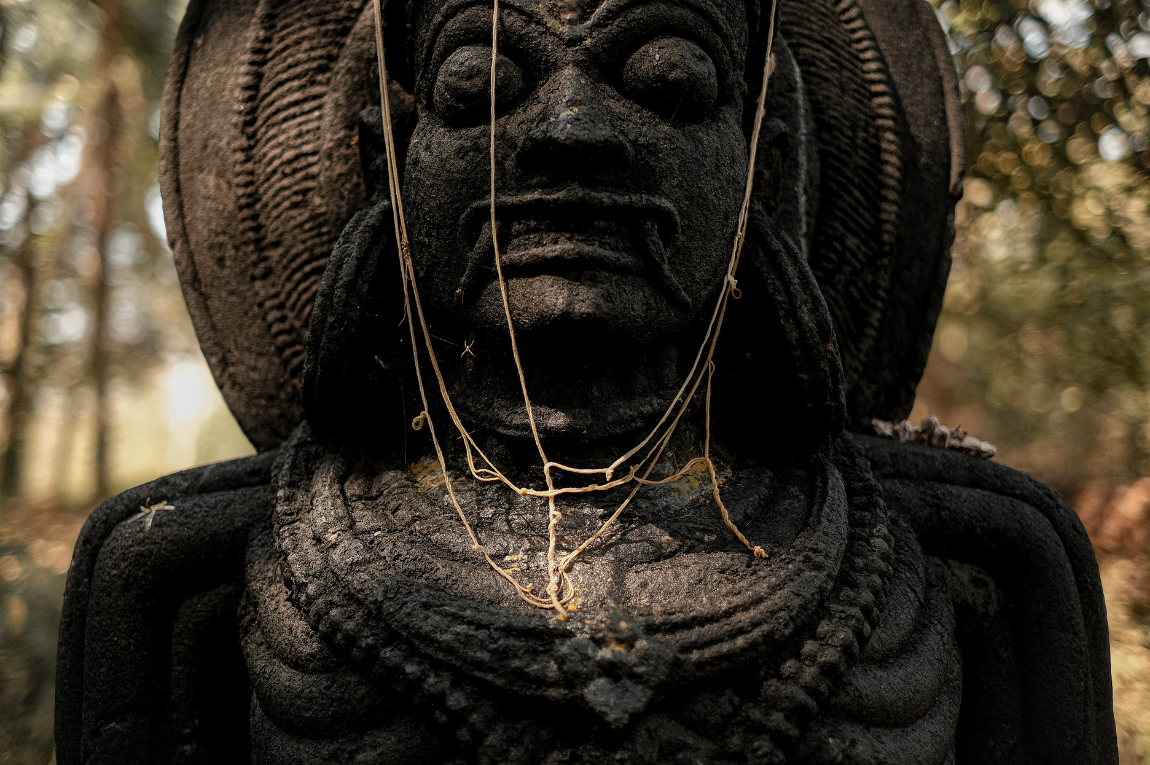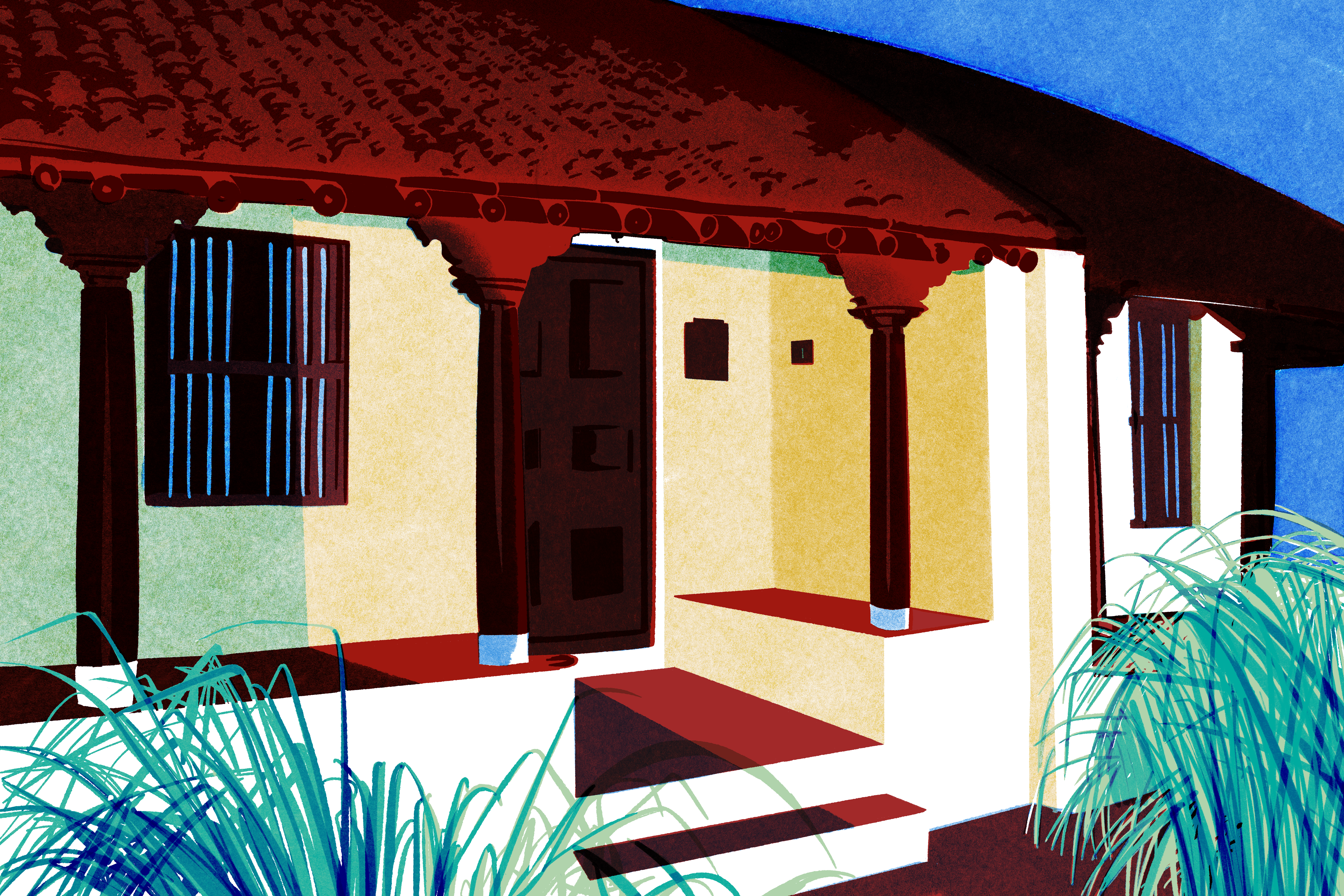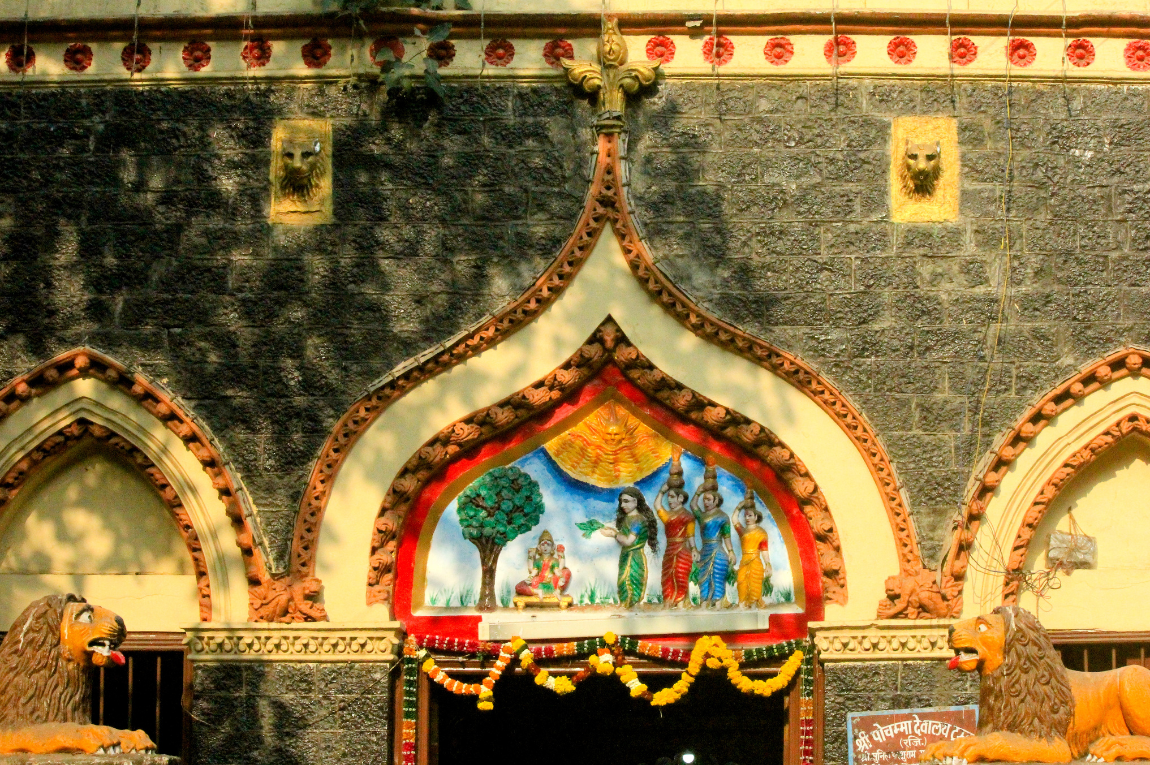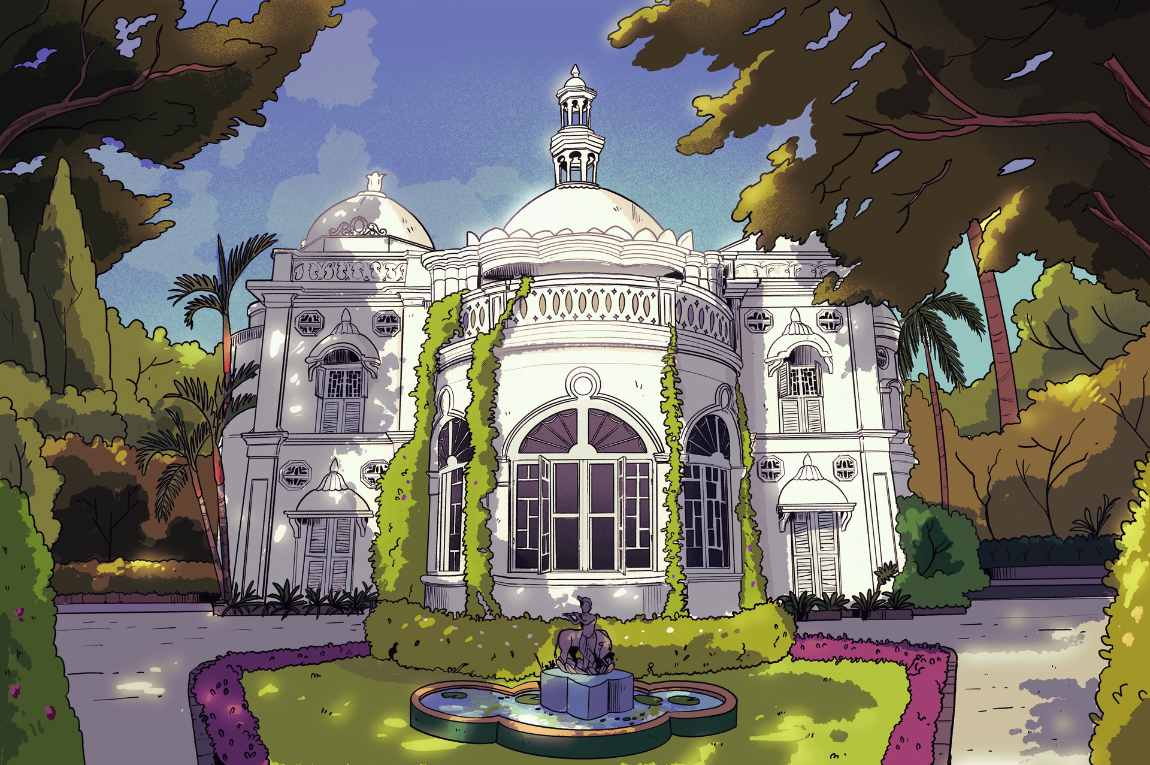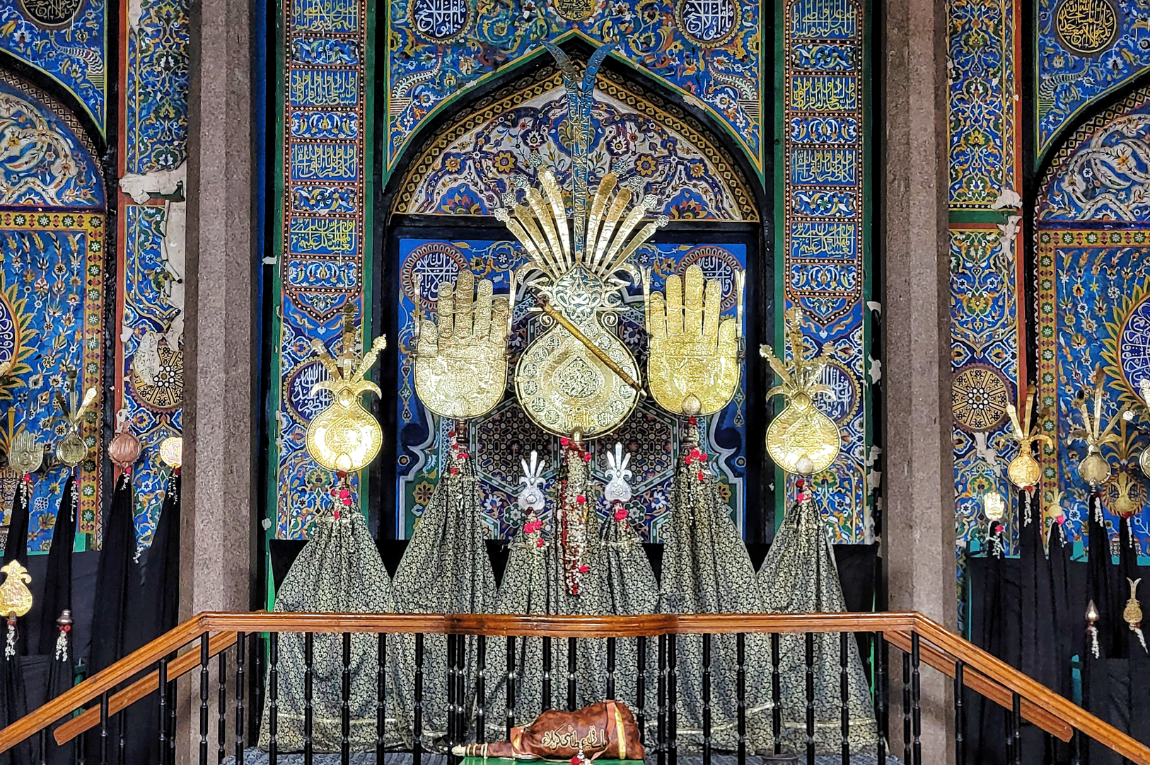It would be unfair to call astrology my guilty pleasure. It doesn’t make me feel guilty. It’s fun, it’s flirty, it’s exciting — it has the ability to decode why my friend is always the loudest at a party, why my editor is obsessed with apostrophes, why I always go for the pretty fellas. It can also tell us why we’re in the midst of a pandemic.
When the astrology memes hit, circa 2018, my friends and I were sucked in. These Instagram accounts were relatable without being sappy. We approached them with a mix of amusement and mock seriousness. This wasn’t astrology’s first dip into digital territory — there were already websites where you could enter your birth details and get your natal chart, among other things — but its new look was characteristic of our times. Along with the memes, this was a world of algorithm-generated daily horoscopes on apps like Co–Star, podcasts hosted by celebrity astrologists, and extremely edgy Twitter pages.
The allure lay in millennial astrology’s ability to allow me to attribute every aspect of my personality and behaviour to the mystical powers of a luminary or planet. It’s the Myers-Briggs test but with some magic, it’s the Harry Potter houses but with more nuance. Not to mention that it’s great for matchmaking — while many websites do provide birth-chart matching services, any amateur astrologer will tell you that dating an Aquarius is horrible, a Scorpio ex is the most vindictive, and Geminis are just the worst.
View this post on Instagram
Stereotypes aside, looking to the stars gave answers to things that are beyond our control. A client taking too long to respond to your email? A project delayed? A deathly slow Internet connection? It’s probably Mercury in retrograde. Even though it’s technically an optical illusion wherein the planet appears to reverse its motion and move backwards, it can be gratifying to place the blame on an unseen force. There’s even a dedicated website — ismercuryinretrograde.com — to help you stay on top of the capricious planet.
Retrograde or no retrograde, we live in volatile times. Threats of war, civil unrest and quarantines have seemingly become a permanent part of our lives. Things are unendingly getting worse and having an explanation — even one based on the stars — is soothing. “In times of crisis, it is often said, people search for something to believe in,” writes Christine Smallwood in The New Yorker. There is no better example than the times we are currently in the midst of. With a pandemic rampant in the streets, most of us are holed up at home, trying our best to be positive and keep from imploding. Astrology memes and daily predictions (however off the mark they might be, now that we can’t really “meet” our soulmate) can be comforting.
Plus, astrology provides good content, is a great pick-me-up on a bad day, offers perspective on your dating life (I am much more willing to see a red flag when the flag’s zodiac sign is Gemini), and is, in general, quite harmless. Here’s the irony though: astrology has been in our lives much before this Instagram-age resurgence. Like many other Hindu households, when I was born, my parents summoned an astrologer to draw up a kundli, the astrological birth chart based on Vedic astrology. While I haven’t been making any life decisions based on those predictions, kundlis have controlled our dating lives way before we were asking our Hinge matches for their birth times. When a friend was born, a smug jyotish predicted that she would never marry. She has taken this to heart and thwarts all advances, disregarding the fact that he also predicted that she would die before her 21st birthday which, I’m happy to report, didn’t happen.
View this post on Instagram
One of the most basic differences between the two streams of astrology lies in how the charts are calculated. While Western astrology is centred primarily around the sun’s position in the sky, Vedic astrology focuses on the moon. The predictions and signs change accordingly. According to my kundli, for instance, my moon sign is Virgo (compared to an Aquarius moon, as per Western astrology), which makes complete sense if you take into account my perfectionist tendencies (just ask my editor how long I took to complete this piece). But is one more accurate than the other? Even the stars wouldn’t be able to say. So why is a generation so much more enamoured by one over the other?
Of note is, perhaps, that most of my peers consuming astrology are female and/or queer. Leading publications — Kinfolk, The Atlantic, The New Yorker — have pointed out that this is the major demographic for this brand of astrology. This, in turn, could be because it isn’t perceived as socially acceptable for straight men to engage in this “wishy-washy kookiness”, as an old friend put it, and also because, rather than being a female-targeting space, millennial astrology offers a safe space and a refuge. It aims to move beyond gendered binaries, and offer an inclusive space for people to explore who they are. Entirely understandable then, that we’re so attracted to this brand instead of Vedic astrology, which is still steeped in heavily patriarchal traditions.
While both could have a heavy influence on who many of us date (and marry), one is a sleekly packaged billion dollar industry, offering agency and a good laugh, while the other asks some of us to marry trees. For me, it’s an obvious choice. I’d take snarky push notifications from an astrology app on my phone over my family astrologer any day. Perhaps when our children are born, instead of a jyotish, we’ll be rushing to get them an account on Co–Star.
Jessica Jani was formerly part of the editorial team at Paper Planes. Find her on Twitter at @_jesthetic.
Tell us what you think? Drop us a line.
